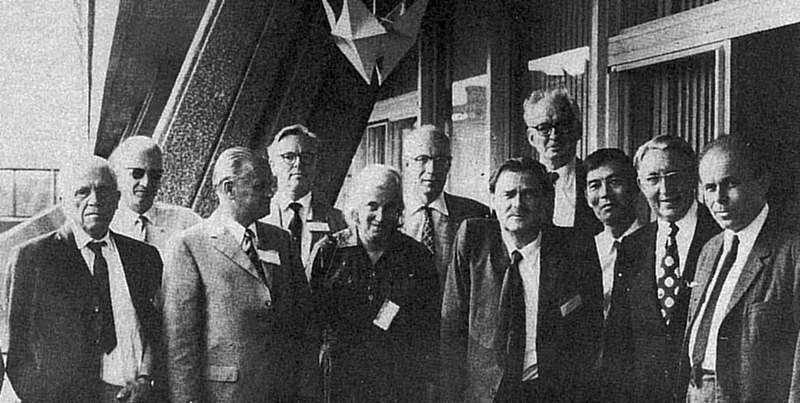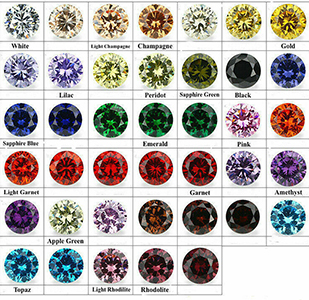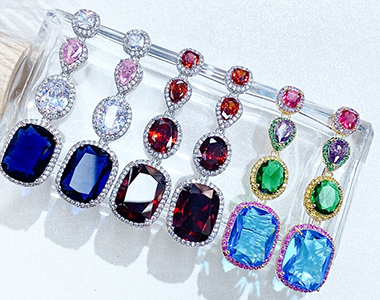Tel: +86-19858962331
Email: sales@handierjewelry.com
 English
English
Cubic zirconia (CZ) is a synthetic gemstone that has become widely popular as a more affordable alternative to diamonds. Here's an overview of its history and development in the context of jewelry:
Origins of Cubic Zirconia:
1. Discovery of Zirconium (1892):
Zirconium, the element used to create cubic zirconia, was discovered in the late 19th century. The compound zirconium dioxide (ZrO₂) was first synthesized in 1937, but it wasn't until the 1970s that it was produced in crystalline form suitable for use as a gemstone.
2. Development of Synthetic CZ (1976):
The true breakthrough for cubic zirconia as a gemstone came in 1976. Scientists at the Soviet Union’s Institute of Crystal Growth, led by Valeri M. Fritschev, successfully synthesized a crystalline form of zirconium dioxide (ZrO₂) that was capable of mimicking the brilliance and clarity of diamonds. The synthetic material was called cubic zirconia, named for its cubic crystal structure.

The Rise of Cubic Zirconia in Jewelry:
1. Introduction in the Jewelry Market (1970s):
Initially, cubic zirconia was mainly used for industrial purposes, such as in laser equipment. However, by the late 1970s, it was introduced into the jewelry market as a more affordable alternative to diamonds. CZ's ability to closely resemble diamonds—particularly its brilliance and sparkle—quickly made it a popular choice for costume jewelry and inexpensive fine jewelry.
2. Popularity Surge (1980s):
The 1980s saw cubic zirconia become a mainstream option in the jewelry world. Jewelers and manufacturers started producing high-quality CZ stones, and the material became a regular feature in rings, earrings, necklaces, and other jewelry pieces. During this period, cubic zirconia became a widely accessible, fashionable, and affordable alternative for consumers who wanted the look of diamonds without the cost.
3. Improvements in Quality (1990s and 2000s):
Over the decades, the technology behind CZ production continued to improve. The development of better-cutting techniques, clearer stones, and more realistic colorless or colored options made cubic zirconia a more desirable gemstone. High-quality CZ stones were created to be more durable, with enhanced clarity and shine, mimicking diamonds more closely.
4. Cubic Zirconia vs. Diamond (Modern Day):
Today, cubic zirconia is often used in both fashion jewelry and fine jewelry as an affordable alternative to diamonds. While it is not as durable as diamonds (with a Mohs hardness of 8-8.5 compared to diamond's 10), CZ is still quite resilient for everyday wear. Jewelry designers continue to experiment with different CZ cuts and treatments, making it a versatile and popular choice for engagement rings, wedding bands, and statement pieces.


Characteristics of Cubic Zirconia:
- Appearance: CZ is known for its high refractive index (2.15-2.18), which gives it exceptional brilliance and sparkle, often surpassing that of diamonds.
- Hardness: With a Mohs hardness of 8-8.5, it is relatively durable but more prone to scratches and wear compared to diamonds.
- Weight: CZ is denser than diamond, which means that a CZ gemstone of the same size as a diamond will be noticeably heavier.
- Color: Cubic zirconia is typically colorless, but it can also be produced in a range of colors by adding various trace elements during its creation.
Contact: Jason Zhong
Phone: +86-19858962331
Tel: +86-19858962331
Email: sales@handierjewelry.com
Add: Room 503, Block A, Huijin Building, No.1061,Gongren North Road, Yiwu China
We chat
